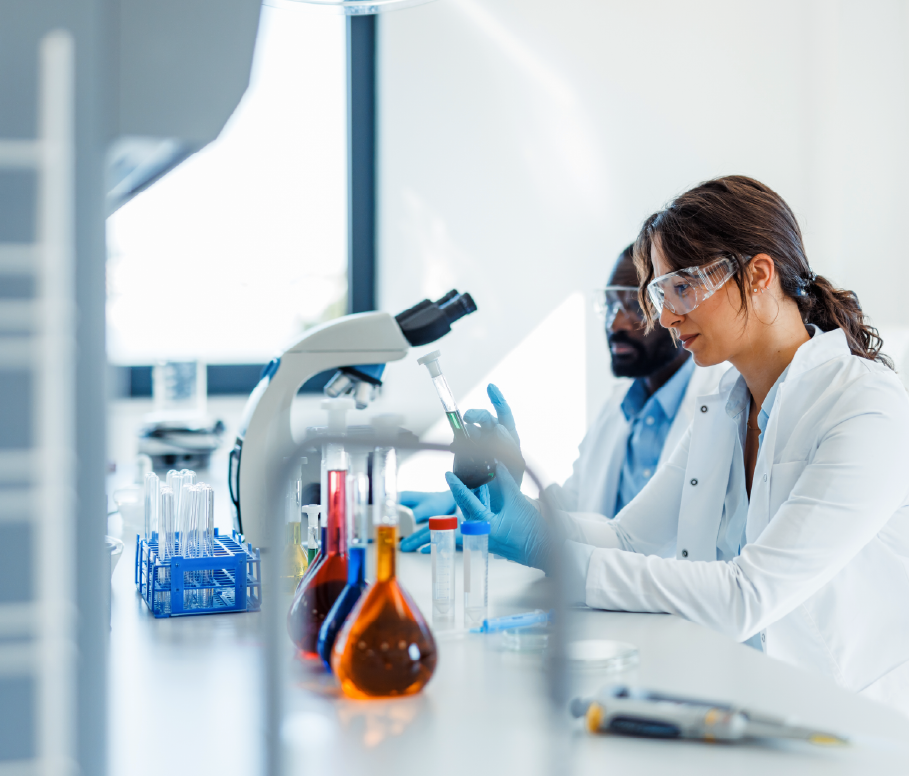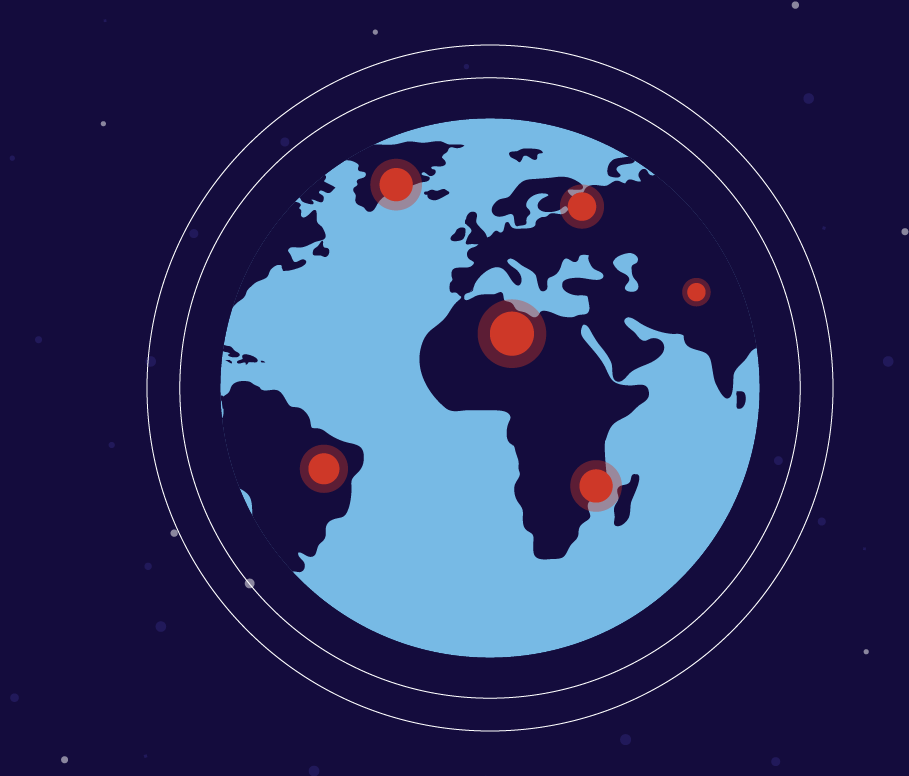Innovation + Collaboration is a series of posts looking at the role of collaboration in driving solutions to the COVID-19 pandemic. This second post in the series reviews collaboration around the production and distribution of potential COVID-19 therapies and vaccines.
The COVID-19 pandemic unfortunately continues to take a toll on global health. But thanks to the power of partnership among stakeholders across and within the public and private sectors, we are closer to finding solutions. While developing an innovative treatment or vaccine is a significant accomplishment, working together to make that innovation accessible is critically important too. Intellectual property protections play a key role in the ability to do so.
Intellectual property protections incentivize organizations to develop novel manufacturing and distribution technologies and capabilities to improve their ability to produce and distribute products more efficiently. Intellectual property also protects innovators who hold rights to a certain product or process, allowing them to share information with partners without fear of their proprietary information being stolen. This ecosystem enables increased collaboration, which has the potential to solve significant challenges like the current COVID-19 pandemic.
While developing an innovative treatment or vaccine is a significant accomplishment, working together to make that innovation accessible is critically important too. Intellectual property protections make this possible.
Here are a few examples of collaborations that have leveraged the support of intellectual property to advance the manufacturing and distribution of potential COVID-19 therapies:
- Gilead Sciences, the creator of remdesivir, signed collaboration agreements with five generic companies in India and Pakistan to manufacture and distribute the experimental medicine to 127 countries. These non-exclusive voluntary licenses help increase patient access to remdesivir in mostly low-income or lower-middle income countries, as well as some upper-middle to high-income countries where access still may be a challenge.
- AstraZeneca reached an agreement to manufacture and commercialize Oxford University's COVID-19 vaccine candidate, with additional collaborations paving the way to speed that potential innovation to patients. The pharmaceutical company announced a partnership with the Coalition for Epidemic Preparedness Innovations and Gavi, the Vaccine Alliance, to manufacture and distribute 300 million doses of the vaccine by the end of 2020. AstraZeneca also agreed to a licensing deal with the Serum Institute of India to provide one billion doses of the vaccine to low- and middle-income countries, with the goal of 400 million produced by year's end.
- The U.S. Biomedical Advanced Research and Development Authority tapped Emergent BioSolutions to help advance potential promising COVID-19 vaccine candidate(s) into mass production. Emergent will leverage its bulk manufacturing capabilities, as well as expand its fill/finish capacity, to meet demand for what could be two or three vaccines.
- In order to have the capabilities to manufacture the COVID-19 vaccine candidate being developed in partnership with BioNTech and existing medications, Pfizer is outsourcing production of other medicines within its portfolio through collaboration agreements with upwards of 200 contractors in the United States and Europe. By creating these partner-supported supply chains, critical medicines can continue to be produced, including the potential COVID-19 vaccine.
These are just a few of the many examples of innovators coming together to help combat COVID-19. Because of the strong intellectual property ecosystem in place, these and other partnerships are poised to help accelerate the manufacturing and distribution of solutions to improve global health.


